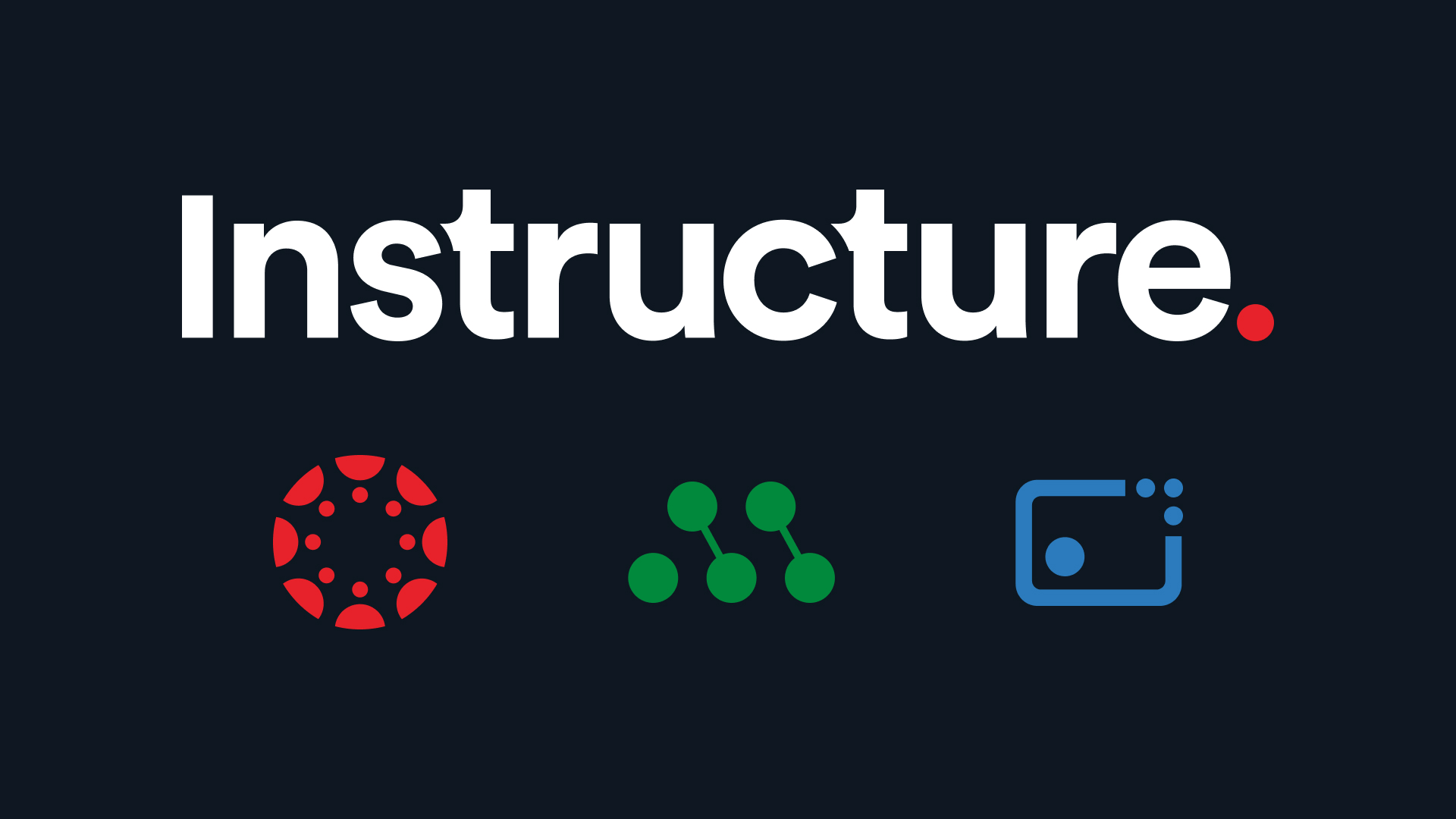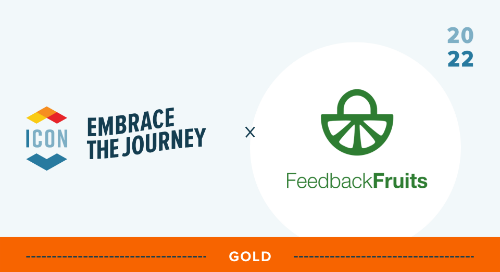Fall Semester 2022 is near, and the question of “What to expect” is again raised. Many institutions plan to return to face-to-face classrooms, while others continue to adopt hybrid/blended models. Regardless of the approach, all institutions share one same goal: to achieve the new education, where students are the knowledge owners, instructors become the facilitators, and faculties remain agile and flexible to any changes needed. Crucially, pedagogical technology has a role to play in this educational transformation.
To figure out what lies ahead in the new semester, we’ve consulted with many educational leaders, faculty members, and instructors from our partner universities. They all agreed on 5 key trends that are taking place in the upcoming months and beyond.
Faculty and student well-being is priority
Burnout is forever a hard “issue” to crack in academe, which was only amplified during the pandemic. For teachers, it is the huge workload having to adopt new approaches and technologies, the shortage in faculty support, and the absence of timely recognition or rewards. For students, it is the feeling of isolation, demotivation to study, and struggle with time management as learning now takes place behind the screen.
These mental challenges still persist even when the COVID-19 has died down. As a new semester is approaching, it is time institutions issue long-term strategies to address the wellbeing of both faculty members and students.
So what measures can be taken to help faculty staff? According to a study on faculty mental health by Course Hero, increased compensation, reduced teaching workload, better access to both pedagogy, and technology support are among the top three needs.
To maintain student well-being, The American Council on Education proposes three institutional level measures:
- Ensuring that communication to students is consistent, caring, and clear
- Considering mental health of all campus community members
- Informing decision making via well-being assessments.
The IT team at The University of Texas, San Antonio developed a process to provide targeted just-in-time academic support messaging through Blackboard, which significantly improved student and faculty communication.
No student left behind
“One of our goals as educators is not specifically just to deliver content, but to help create environments where students can learn.” This is what Andrew Feinstein, Assistant Provost for Teaching Innovation & Learning Technologies at Fort Hays State University has to say when mentioning the need for inclusive, personalized education.
Among the many realizations that strike faculties over the pandemic pivot, the need to mitigate learning barriers and address students’ diverse needs is absolutely critical. Under the influence of technology over the past decades, institutions are witnessing a new wave of learners who are tech-savvy, eager for social interactions, practical, yet short in attention span. Most importantly, having the ability to choose and decide on their own learning is a decisive factor to maintain student engagement. Such rising demand opens opportunities for institutions to implement different teaching approaches:
Hybrid learning allows students to choose when, where, and how they learn, by combining the best of both worlds: in-person and online learning. And technology has a huge part to play in implementing this course design.
Personalized learning addresses students’ needs through assessment practices, multi-layer feedback, collaborative learning, diverse study materials, and authenticity.
Social learning cultivates a connected, interactive learning environment regardless of geographical location, physical and mental constraints.
EdTech Strategists Mitch Benson and Mike Hofherr stressed that the future of educational technology needs to reflect the diverse needs of learners and provide opportunities for deep personalization of the learning experience.
Embrace technology in face-to-face settings
As many institutions plan to return to normal face-to-face setting for the upcoming semester, many would assume the departure from technology. No more Zoom meetings, no more pre-recorded lectures, no more dealing with LMS issues.
2 years of emergency online learning has led faculties to realize the great potential of digital tools. Pedagogical technology is believed to make a positive impact on a multitude of areas: from admissions, recruitment, finance and business, student retention, academic advising, to student affairs.
Making digital progress is the key to institutions’ future, as stated by a majority (90%) of 500 college leaders in a recent study conducted by The Chronicle of Higher Education and Amazon Web Service. In the upcoming semester and beyond, we can expect to see great effort put into infusing technology across campus. The main goals are to optimize operational strategies, improve student services, learning experiences (both in-person and online), and to increase the enrolment rate.
Teach lifelong skills
The employability skills gap that employers believe to be one of the biggest challenges in today’s higher education has not gone unnoticed by the students themselves. According to the QS Higher Education Briefing, 64% believe employment prospects to be a key factor in selecting their educational destination. However, with hybrid learning emerging as the “new normal”, educational institutions often struggle with cultivating employability skills, such as collaboration and critical thinking, in asynchronous and online settings on the same level as in in-person and synchronous ones.
Pedagogical technology that enables meaningful group work and self-reflection can help bridge the employability skills gap in any modality, ensuring a consistently high-quality educational experience for all diverse learners. Employing Team Based Learning in synchronous settings is an effective way to foster collaboration and emphasize the benefits of knowledge co-creation. But for this momentum to be carried into asynchronous settings as well, students need to have an opportunity to reflect on their teammates’ performance as well as their own. Solutions such as Group Member Evaluation and Self-Assessment allow students to not only learn employability skills, but also solidify them through critical evaluation.
The Wharton School of the University of Pennsylvania developed an effective group work strategy appropriate to all modalities – in-person, hybrid, or online – ensuring that all their students developed the lifelong skills necessary for professional success.
Holistic assessment and evaluation
If the aim of assessment is to encourage growth and lifelong learning, assessment methods need to reflect the entire learning process – both from the learner’s and from the teacher’s perspective. As such, it should not be limited to a one-time evaluation of a fixed point in time, but rather turn into an ongoing reflection on the students’ individual learning needs. This way, assessment can emphasize student learning as a whole – the journey, the progress, individual skills and objectives – rather than simply a passive knowledge intake.
“The purpose of assessment is not to gather data and return “results,” but to illuminate ways to strengthen the curriculum, instruction, and student learning” (Pearsons, 2006).
The toolbox to assess learning outcomes is well filled with methods and technology. Yet each individual method of assessment has limitations. In higher education, not a single assessment method can do it all. As a substitute, faculty could move to more small and diverse data points to evaluate student learning outcomes.
To achieve this holistic approach to assessment, grading needs to concern multiple different aspects – Task/Product, Process, Self-Regulation and the Self – and come from all learning stakeholders – teacher-student, student-student, and self evaluation. Assessment solutions such as FeedbackFruits’ Feedback tools support multi-level, holistic assessment to foster a growth mindset and improve learning outcomes.
To foster holistic assessment and feedback literacy skills, both Eastern Nazarene College and The Center for Teaching Innovation at Cornell University developed iterative learning activities with the help of FeedbackFruits, which allowed students to remain engaged throughout the entire course.
The past 2 years have witnessed perhaps a decade’s worth of progress in higher education and in edtech. This period indeed presented us with many challenges, yet it allowed institutions to come up with important learnings. The challenges faced by higher education are by no means easy to combat, but as long as institutions keep these insights in mind, the “higher education we deserve'' will be more of a reality for the upcoming semester rather than just a fantasy.
Related Content
 inst-3step.jpg
inst-3step.jpgBlogs

Blogs
 digging_deep_into_2025s_learning_trends_the_state_of_higher_education_in_anz_-_thumbnail_1.png
digging_deep_into_2025s_learning_trends_the_state_of_higher_education_in_anz_-_thumbnail_1.pngBlogs
